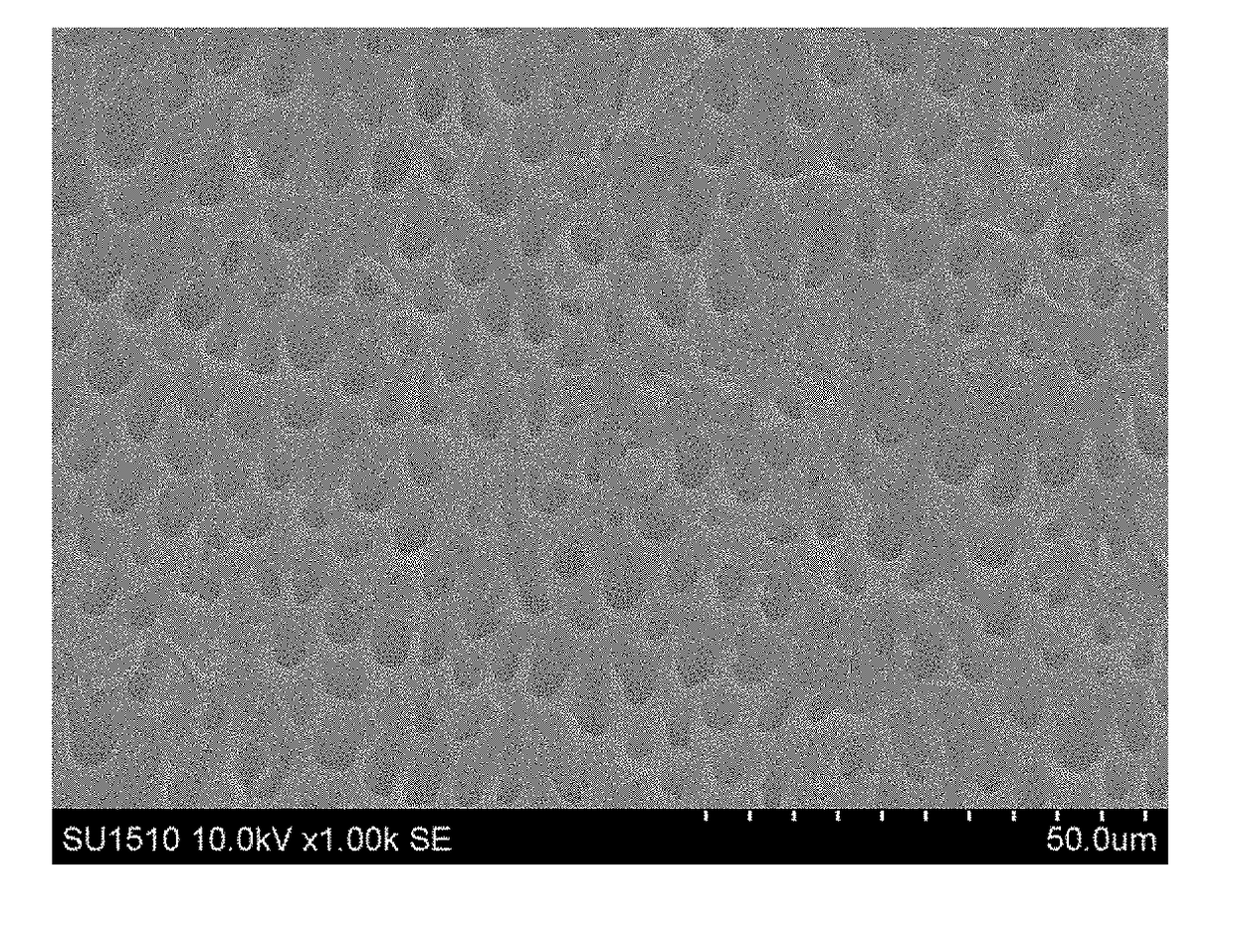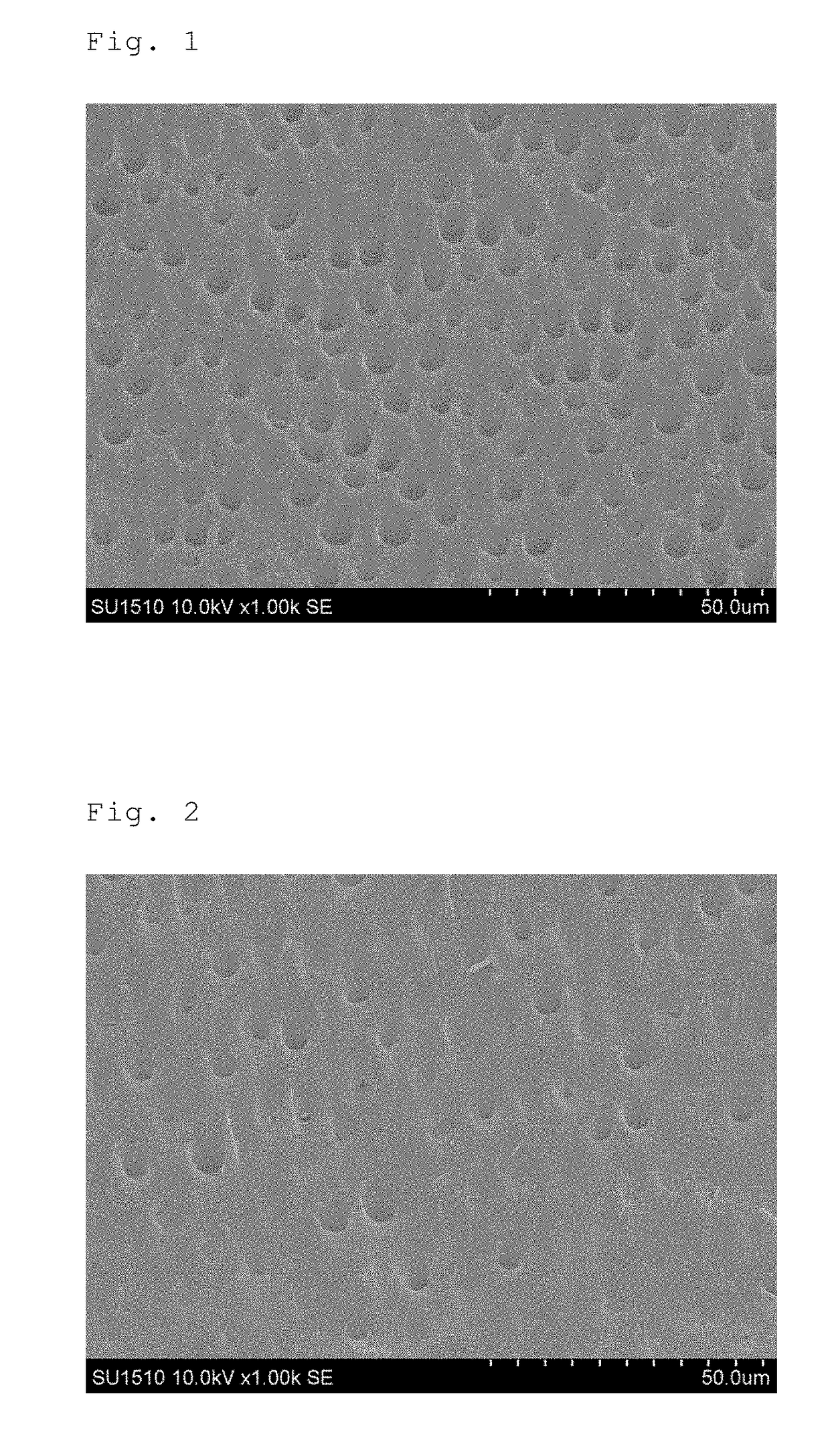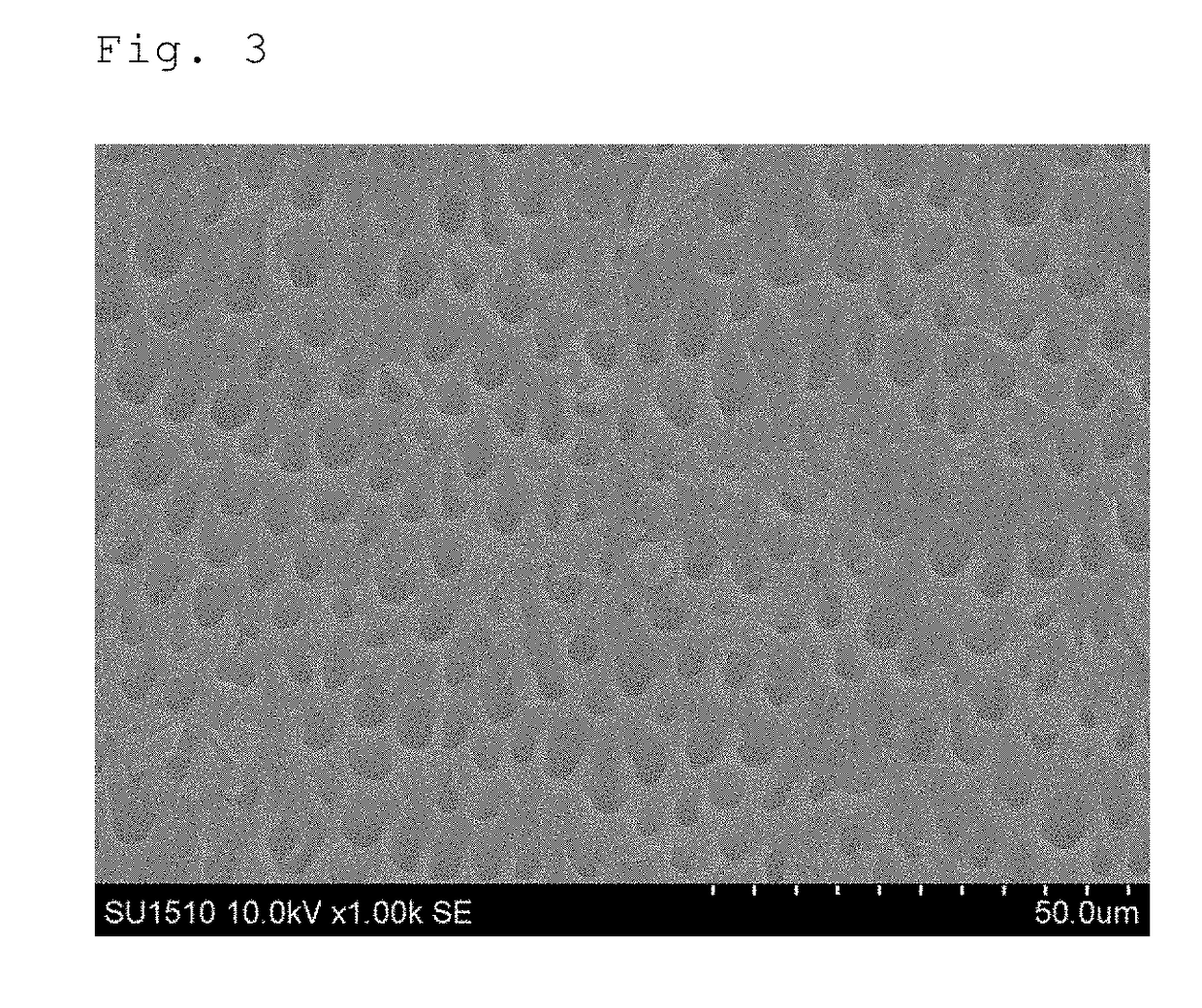Oral composition for alleviation of dentin hypersensitivity
a technology of dentin hypersensitivity and oral composition, which is applied in the field of oral composition, can solve the problems of limited contents of ingredients and the reduction of dentinal hypersensitivity, and achieve the effects of reducing dentinal hypersensitivity, reducing dentinal hypersensitivity easily and effectively, and enhancing moisturizing
- Summary
- Abstract
- Description
- Claims
- Application Information
AI Technical Summary
Benefits of technology
Problems solved by technology
Method used
Image
Examples
examples
[0065]The present invention and the advantageous effects will be described more specifically below with reference to Examples and Comparative Examples without intention of restricting the invention.
1. Evaluation of Improvement of Pain Caused by Dentinal Hypersensitivity
[0066]Dentinal hypersensitivity-reducing oral compositions of Examples and compositions of Comparative Examples were each evaluated with respect to prevention or reduction of dentinal hypersensitivity pain immediately after use and 2 hours after use.
[0067]Triers for conducting the evaluation were persons who suffered dental hypersensitivity pain every day or 2 to 3 times a week over the last one month.
[0068]In the evaluation, each of three triers used the composition, and put cold water (4° C.) in mouth to evaluate the dentinal hypersensitivity pain immediately after and 2 hours after the use. The dentinal hypersensitivity pain was rated on a scale of 1 to 3, with 3 indicating that the trier felt no pain, 2 indicating...
examples 1-1 to 1-12
[0072]Dentinal hypersensitivity-reducing oral compositions shown in Table 1 were prepared in the following manner.
[0073]In Examples 1-1 to 1-6 and 1-8 to 1-12, a phosphorylcholine-containing polymer was added to a purified water, stirred at the room temperature for 10 minutes, and thereby dissolved in the purified water to prepare a dentinal hypersensitivity-reducing oral composition in the form of an aqueous solution. The pH of the oral composition was measured.
[0074]In Example 1-7, a copolymer of MPC and stearyl methacrylate was added little by little to a purified water at 80° C. and subjected to an ultrasonic treatment to prepare a dispersion. The dispersion was cooled to the room temperature to prepare a dentinal hypersensitivity-reducing oral composition in the form of an aqueous dispersion. The pH of the oral composition was measured.
[0075]The dentinal hypersensitivity-reducing oral composition of each Example was used as a mouthwash, and was evaluated with respect to the den...
examples 2-1 to 2-8
[0078]Oral compositions shown in Table 3 were prepared in the following manner.
[0079]Ingredients other than phosphorylcholine-containing polymers were added in arbitrary order to a purified water, mixed at the room temperature for 10 minutes, and thereby dissolved in the purified water. After confirmation of the dissolving, a phosphorylcholine-containing polymer was added thereto, mixed at the room temperature for 10 minutes, and thereby dissolved in the solution, to prepare an oral composition. The pH of the oral composition was measured.
[0080]The oral composition of each Example was used as a mouthwash, and was evaluated with respect to the dentinal hypersensitivity pain improvement and the moisture retention in oral cavity as described above. The results are shown in Table 3.
PUM
| Property | Measurement | Unit |
|---|---|---|
| pH | aaaaa | aaaaa |
| temperature | aaaaa | aaaaa |
| thickness | aaaaa | aaaaa |
Abstract
Description
Claims
Application Information
 Login to View More
Login to View More - R&D
- Intellectual Property
- Life Sciences
- Materials
- Tech Scout
- Unparalleled Data Quality
- Higher Quality Content
- 60% Fewer Hallucinations
Browse by: Latest US Patents, China's latest patents, Technical Efficacy Thesaurus, Application Domain, Technology Topic, Popular Technical Reports.
© 2025 PatSnap. All rights reserved.Legal|Privacy policy|Modern Slavery Act Transparency Statement|Sitemap|About US| Contact US: help@patsnap.com



